When author and interdisciplinary artist Amanda Thomson was a child growing up in the 1970s and ‘80s in the small working–class town of Kilsyth to the northeast of Glasgow, her mum, gran and grandad and her would go for walks on Sunday afternoons.
The paths they chose took them out of the town and into the countryside.
They’d walk up the road and cross through a gap in a fence beyond what was called the Big Stane, a large boulder that all the local children would use as a slide.
Happy memories of life walking with family
From there they’d go down over the Couches, a hilly moorland that sat between the scheme where they stayed and the Stirling Road.
They’d walk along a disused railway track to Colzium Estate and on to Colzium House, a formerly grand old house built in the 18th century that is surrounded by gardens and woods.
Reflecting on these experiences in her new book, Belonging, Amanda, now 58, realises that from the start, family has been bound to her experiences of nature.
A keen birdwatcher since her teens, some birds remind her of childhood to this day.
“When I hear the song of a summer skylark I think of going to pick blueberries with my mum and gran over the Couches,” she says.
“House sparrows remind me of my gran and papa and how they fed them stale plain bread in the back garden.
“And I remember blue tits pecking through the foil top of the milk bottle left at the front door every morning.
“From our living room, we’d see skeins of geese flying…signalling a change of season”.
Amanda’s interests in place and nature have always motivated her as an artist and writer.
But more recently, they’ve become entangled with questions of family, belonging, landscape and home.
Inspirations for recent book ‘Belonging’
Belonging, which has been shortlisted for the prestigious 10th anniversary 2023 James Cropper Wainwright Prize for Nature Writing, reflects on identity, otherness and making a home in the Scots pinewoods of Abernethy, in Strathspey.
Reflecting on family, identity and nature, it’s a personal memoir about what it is to have and make a home.
Described as a love letter to nature, it explores how place, language and family shape us and make us who we are.
It’s also a book about being held in thrall to elements of the past, and the importance of attention and reflection.
Amanda’s lifelong love of art and nature
Speaking from her home amid the pine forests of Strathspey, Amanda explained how she always had a “hankering” to do art.
However, coming from her background, it “wasn’t really seen as an option”, so she was “pushed” into university rather than art school.
Graduating in sociology and social and economic history from Edinburgh University, she worked for years in the voluntary sector.
When she reached her mid-30s, however, she decided she wanted to follow her passion and go to art school.
She did an undergraduate in printmaking at Glasgow School of Art, and then did a masters for two years in Chicago.
Back in Scotland, she did a practice-based PhD with the University of the Highlands and Islands and Aberdeen University.
This focussed on the forests of Abernethy and the Culbin of Morayshire.
It was the research she was doing about these forests that laid the groundwork for Belonging.
Belonging was also influenced by the work she did on her first book A Scots Dictionary of Nature, published in 2018.
First book came from series of lists
“When I did printmaking at undergrad, one of the parts of the course was making hand-made books,” she said.
“I’ve always been interested in language and text and things like that.
“The first iteration of A Scots Dictionary of Nature was a collection of handmade books that I printed myself using a photocopier and scanner.
“It was just a list of basically going through a 19th century Scots language dictionary and finding all the different words for nature.
“There are words related to land and wood and weather and birds and water and walking.
“In a sense, the first book just came out of a series of lists.
“But that started me thinking about language, because a lot of the words that I was finding when I was going through these old Scots language books reminded me of things that I would remember my gran and papa saying.
“That started me thinking about words that’s we’ve lost and people that we’ve lost and family.”
How the past supports the present
Amanda said the other theme that runs through Belonging is the idea of dead trees in the pine forest and how the nutrients from their decay bring new life to the still living forest.
“That idea of how the past supports the present is running through both books,” she added.
“I’ve always had a propensity towards creative writing but I just haven’t had a project that lends itself to creative writing before these books.
“But actually they’ve been really important to me because they helped me put into words things I was discovering in a way that just an etching couldn’t.”
Time to reflect during Covid-19 lockdown
Amanda started thinking about her grandparents’ generation – her mum’s mum and dad in particular.
They were a “very working class, quiet, modest family”, who she knew well growing up.
Amanda’s mum is now 87, and during lockdown, with her mum stuck down in Kilsyth and Amanda up in Strathspey, they started having conversations on the phone.
Amanda’s mum was digging out old photographs and thinking about them.
As lockdown eased, it was “lovely” when Amanda could finally travel back down to Kilsyth and go through the photos with her.
“She would remember old stories about my great uncles and aunts and things like that,” said Amanda.
“It was a lovely way to sit and try to piece together some family history.
“But almost thinking about what you don’t know and what you can’t remember, and how quickly peoples’ lives get lost.”
‘Phenomenally lucky’ to live in forests
The Covid-19 lockdowns led many people to reflect on their lives, perhaps also on things they’d previously taken for granted.
As a lifelong lover of nature, Amanda already appreciated where she lived in the Abernethy pinewoods.
But lockdown also made her realise how “phenomenally lucky” she was to be where she was.
“There’s very few times in our working lives just to be in one spot,” she said.
“But also the spot I was in. There are really nice views out the window.
“You can go for walks and there’s nobody around and quiet. It was difficult. Don’t get me wrong.
“But at the same time I was really aware of how lucky you were just to be in a place like this.
“Then there was the neighbours.
“We’d take it in turn to go into Aviemore or Grantown supermarkets to shop. So there was a nice feel of ‘we’re all in this together’.
“I think everyone really appreciated the time to slow down.
“It was at that point I was really writing Belonging as well.
“I don’t know what the book would have been like if I’d not had that time to sit and think and write.”
How does Amanda feel to be shortlisted?
Amanda is “absolutely thrilled” to have been shortlisted for the 2023 James Cropper Wainwright Prize for Nature Writing.
A £10,000 prize fund will be shared between three winning authors at a celebration in Kendal, the Lake District, on September 14.
Amanda said she feels nature writing has an important role to play in “shining the light” on environmental and climate change issues, because the reality is that many people feel powerless to do anything meaningful about it.
“I think it feels overwhelming,” she said.
“I think what nature writing can do is shine the light on the way that the every day things are sometimes the things that are overlooked.
“I think sometimes you have to notice things in order to be able to care.
“For me, these kind of small acts of noticing can be calming and lovely and centring, but they can also make you kind of pay attention.
“It’s like I feel there were fewer numbers of swallows this year. Maybe they’ll come back next year?
“But you start to become aware of these small things and changes in the environment.
“Maybe the more attention we pay the more our voices clamour for change.
“I think nature writing can alert us to these small things that are going on in the world.
“But also I think help us make connections to other things that are happening elsewhere in the world.”
How to find Amanda’s book Belonging
Belonging by Amanda Thomson is available now, published by Canongate, £10.99.
The 2023 James Cropper Wainwright Prize is announced in Kendal on September 14.
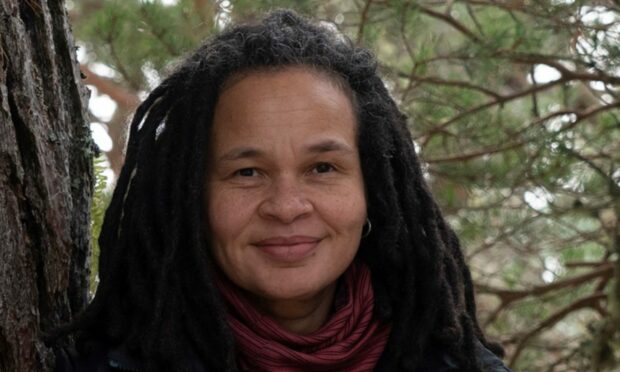

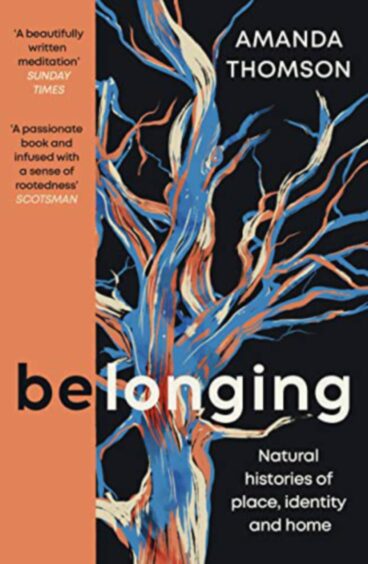

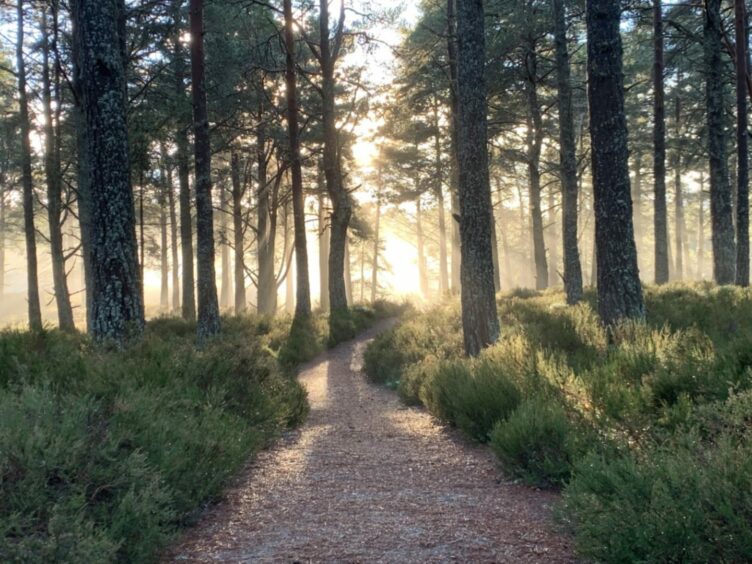




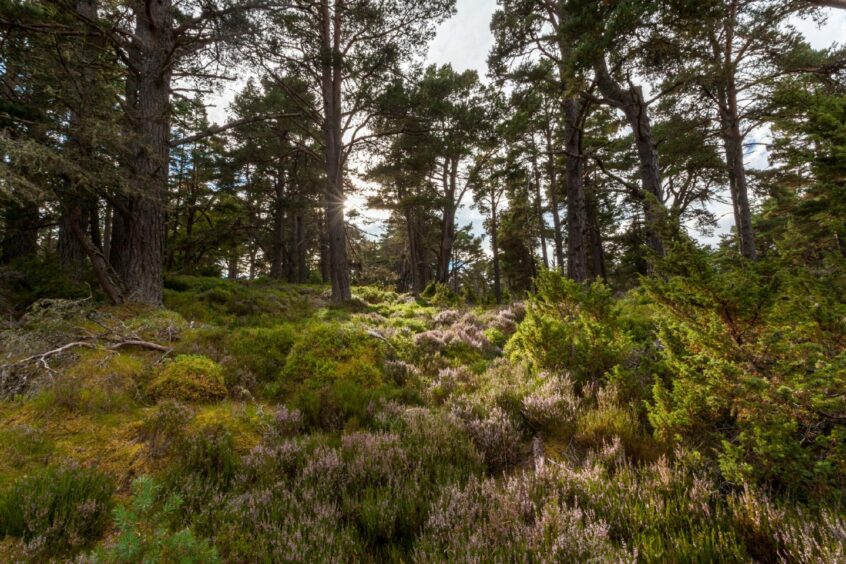
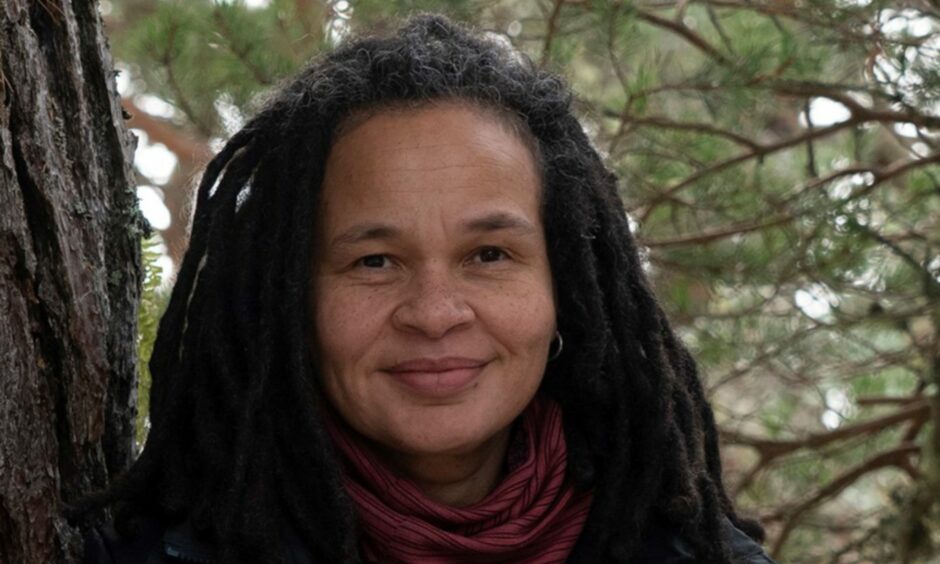
Conversation